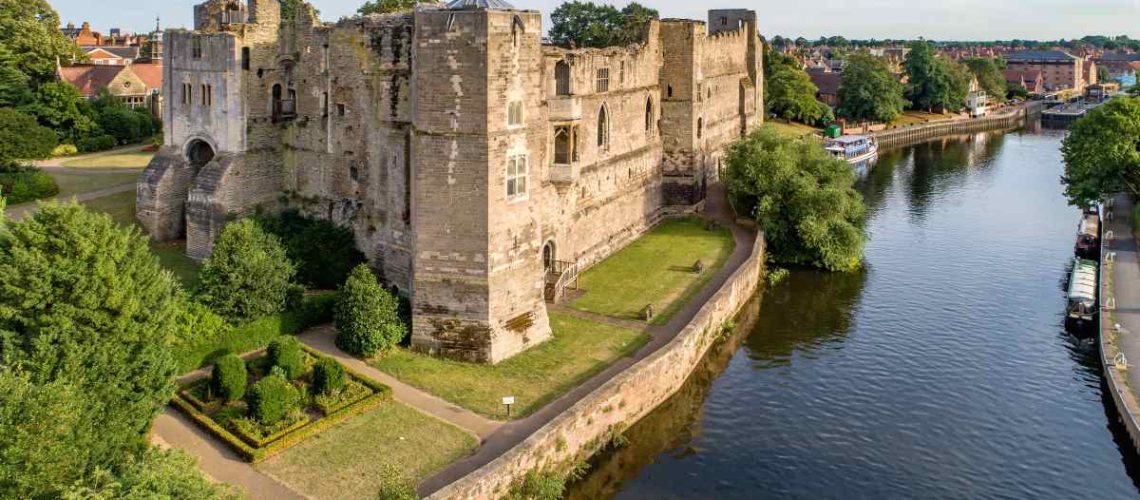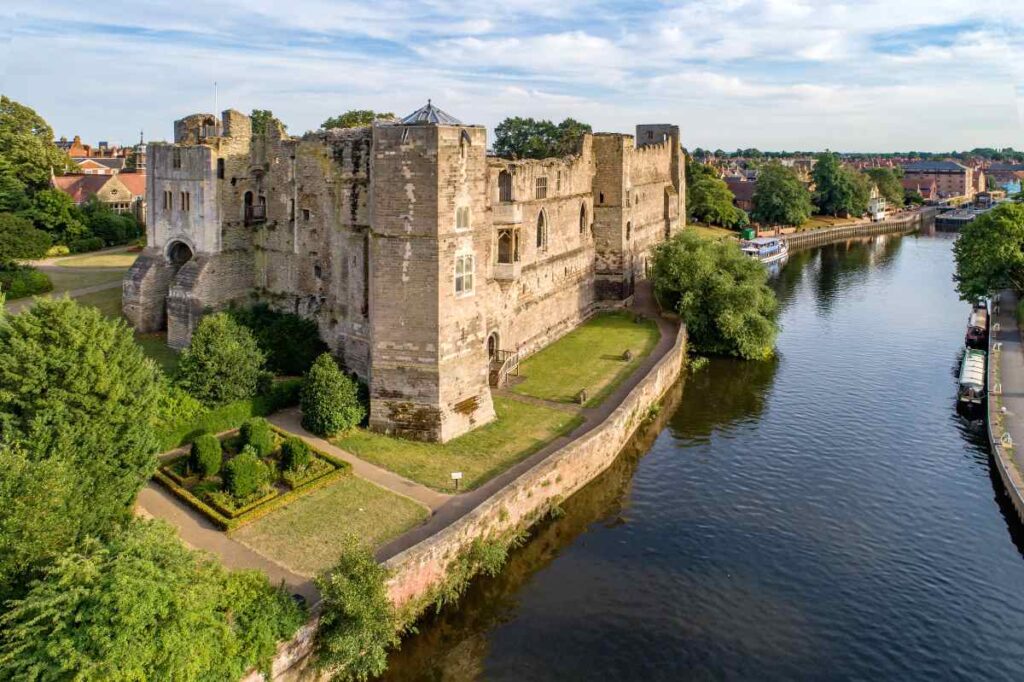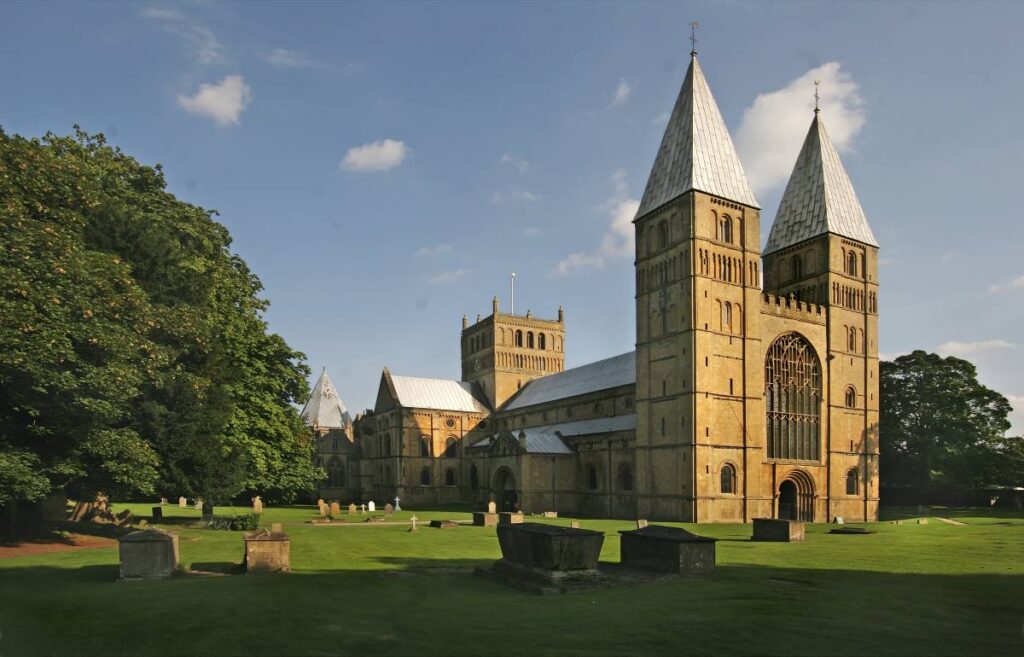


Bridging Past and Present
Nottinghamshire, a county rich with history and heritage, is home to many historic buildings that paint a vivid picture of England’s architectural evolution. From majestic castles and churches to quaint cottages and stately homes, each structure tells a story, encapsulating centuries of history within its walls. However, as time passes, these architectural treasures face the relentless challenges of preservation and adaptation to the modern world. This blog delves into the conservation efforts that bridge the old with the new, ensuring Nottinghamshire’s historic buildings stand proudly for generations to come.
Understanding the Need for Preservation
The conservation of historic buildings is more than a mere act of preservation; it’s a commitment to safeguarding our cultural heritage. Nottinghamshire’s approach to conservation exemplifies this philosophy, blending meticulous restoration techniques with innovative solutions to breathe new life into ancient edifices. This delicate balance ensures that while the buildings’ historical integrity is preserved, they also meet contemporary standards and usability.
Durability Meets Aesthetics: Nottinghamshire Cast iron gutter and Downpipes
One of the hallmarks of Nottinghamshire’s historic buildings is the use of cast iron in architectural elements such as guttering and pipes. Cast iron, celebrated for its durability and aesthetic appeal, has been a staple in British architecture since the 18th century. In the context of conservation, the choice of materials is paramount. Replicating or restoring cast iron features, such as ornate guttering and downpipes, is essential in maintaining the architectural integrity of heritage buildings. This commitment to authenticity preserves the buildings’ aesthetic and historical value and ensures their functionality for years to come.

Navigating Modernity and Authenticity
One of the primary challenges in conserving historic buildings is integrating modern technology and materials without compromising the structure’s historical essence. Nottinghamshire’s conservationists often face dilemmas in selecting materials that are both true to the original construction and capable of meeting modern performance standards. This includes cast iron for guttering and pipes, a material that, despite its historical accuracy, requires careful maintenance and preservation strategies to withstand the test of time.
Embracing Technology for Preservation
The conservation field has seen significant advancements in technology and methodology, enabling more effective preservation of historic buildings. Techniques such as 3D scanning and using non-invasive materials for repairs and replacements allow conservationists to assess and restore ageing structures with minimal impact accurately. These innovations are crucial in Nottinghamshire, where the diverse range of historic buildings necessitates a tailored approach to conservation, ensuring each building’s unique characteristics are preserved.
A Legacy Preserved
Nottinghamshire boasts numerous success stories in the conservation of historic buildings. Each project exemplifies the dedication to preserving Nottinghamshire’s architectural heritage, from the majestic Newark Castle to the serene Southwell Minster. These case studies highlight the meticulous planning and collaboration among conservationists, architects, and historians to maintain the integrity and spirit of each building, showcasing the possibilities of harmoniously blending the old with the new.
The Newark Castle Conservation Project is a comprehensive initiative to safeguard and restore one of Nottinghamshire’s most historically significant landmarks. Newark Castle, whose origins date back to the 12th century, is a remarkable example of medieval architecture.
Over the centuries, it has witnessed numerous historical events, including the tragic death of King John in 1216. The conservation project addresses the wear and tear of time and the elements on the castle’s structure.

Efforts include the restoration of its ancient stonework, fortifications, and the iconic gatehouse, ensuring the castle remains a vibrant part of Newark’s heritage. This project not only preserves the physical structure but also enhances visitor experiences through educational programs, aiming to make history accessible and engaging for all ages.

Southwell Minster Conservation Efforts are dedicated to preserving one of England’s finest examples of Gothic architecture. Southwell Minster, renowned for its striking Norman and Early English Gothic design, boasts remarkable features such as the Chapter House and its exquisite naturalistic carvings. These conservation efforts are crucial in addressing the challenges posed by the ageing fabric of the building, including the intricate stone carvings that are susceptible to weathering and erosion.
The project encompasses a range of activities, from restoring stained glass windows to conserving its unique chapter house leaves, ensuring that Southwell Minster continues to inspire awe and devotion. By maintaining the structural integrity and aesthetic beauty of the Minster, these efforts underscore the importance of preserving historical sites as living links to our past, enriching the cultural and spiritual life of Nottinghamshire and beyond.
Sustainable Practices and Community Engagement
Looking forward, the conservation of historic buildings in Nottinghamshire is poised to embrace sustainable practices and greater community engagement. By involving local communities in the preservation process and adopting green conservation techniques, Nottinghamshire can ensure its historic buildings are not only preserved for future generations but also contribute to the county’s environmental sustainability goals
The conservation of Nottinghamshire’s historic buildings is a testament to the dedication and passion of those who strive to protect our architectural heritage. As we move forward, the challenges of balancing modernity with tradition will persist, but so will the innovative solutions and technologies that allow us to preserve these timeless structures. Nottinghamshire’s historic buildings stand as a bridge between past and present, reminding us of our collective history while continuing to serve and inspire future generations.
Final Thoughts
The conservation of historic buildings in Nottinghamshire represents a dynamic intersection of history, architecture, and technology. As we continue to navigate the complexities of preservation, the stories embedded within these ancient walls will remain a vital part of our cultural landscape, preserved for all to appreciate and learn from. In Nottinghamshire, the old truly meets the new in a beautiful symphony of conservation and innovation.
Cast iron guttering and pipes are invaluable in restoring and conserving period and listed buildings and have a particular aesthetic and historical benefit. Their authentic appearance and durable material ensure a seamless blend with historical architecture, maintaining the aesthetic integrity of these essential structures.
Tuscan Foundry is one of the UK’s leading cast iron rainwater systems suppliers and has played a pivotal role in bespoke castings, radius and curved guttering for building conservation. Collaborating closely with heritage organisations, church conservation groups, architects, builders and developers.
Tuscan Foundry cast iron guttering and pipes have been used on many projects in Nottingham and throughout the county of Nottinghamshire, and are a key component of conservation projects in Nottingham.
Tuscan Foundry provides custom-made, high-quality cast iron components that meet the strict standards for historic preservation. We have one of the largest ranges of cast iron hopper heads for the period, listed, church and religious buildings and can provide bespoke patterns and castings to your project’s requirements.
For larger and more complex projects, we can provide onsite cast iron guttering and drainage surveys and consultation visits (chargeable; please enquire). Our expertise ensures that the restored buildings will stand as a testament to a church’s heritage and endure the test of time.
Find out About Site Visits
